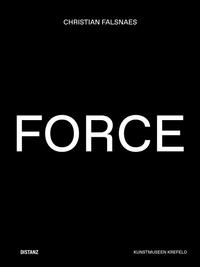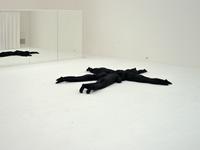Christian FalsnaesForce–Kaiser Wilhelm Museum
The performances and multi-media installations by Danish artist Christian Falsnaes (b. 1980 Copenhagen) currently captivate an international audience. In FORCE, Christian Falsnaes will exhibit a total of eight works, staging an impressive production.
The title of the exhibition, FORCE, sets the tone for Christian Falsnaes’ interactive works that examine notions of force, power, energy and violence. Falsnaes explores the existing power dynamics between artist and public. He interrogates and precipitates group dynamics, entangles participants in ritual acts, but also confronts the individual with his or her own emotions, reflexes and instincts. In his interactive practice the artist creates an aesthetic presence through installation-like stagings, filmic narratives, photographs and collages.
Each of the eight works in the show represents a different model of interaction between the artist and his audience. Collages, comprised of clothing, refer to a former performance in which Falsnaes prompted the audience to cut off not only his clothes but also the clothes of his gallery owner and of two collectors. The work Available enables visitors of the Kaiser Wilhelm Museum to speak directly with the artist. Over a telephone, Falsnaes instructs the visitors on how to move through the museum galleries, telling them what to do. During the exhibition FORCE, the Kaiser Wilhelm Museum will become a site, focusing mainly on processes of communication.
On the occasion of this first, large-scale solo exhibition, the artist has produced two new artworks. The work Force, which lends the exhibition its title, is a pictorial staging in which visitors have to wear costumes and follow instructions, completely giving up their identity. The second new work, Icon, is inspired by the collection of Kunstmuseen Krefeld. Icons of the male-dominated post-war era—works by Lucio Fontana, Yves Klein, Palermo, or Franz Erhard Walther—are the starting point for two successive performances in which Christian Falsnaes interacts with museum visitors. In the end, these performances will become part of a new photographic and filmic work.
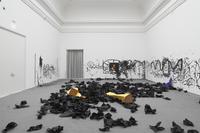
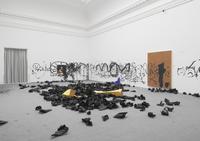

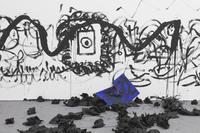

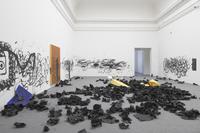
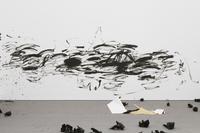
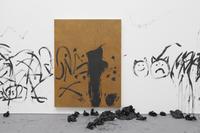
Exhibitions currently on view
Past related programme
- Performance
Iconby Christian FalsnaesMoreKaiser Wilhelm Museum
